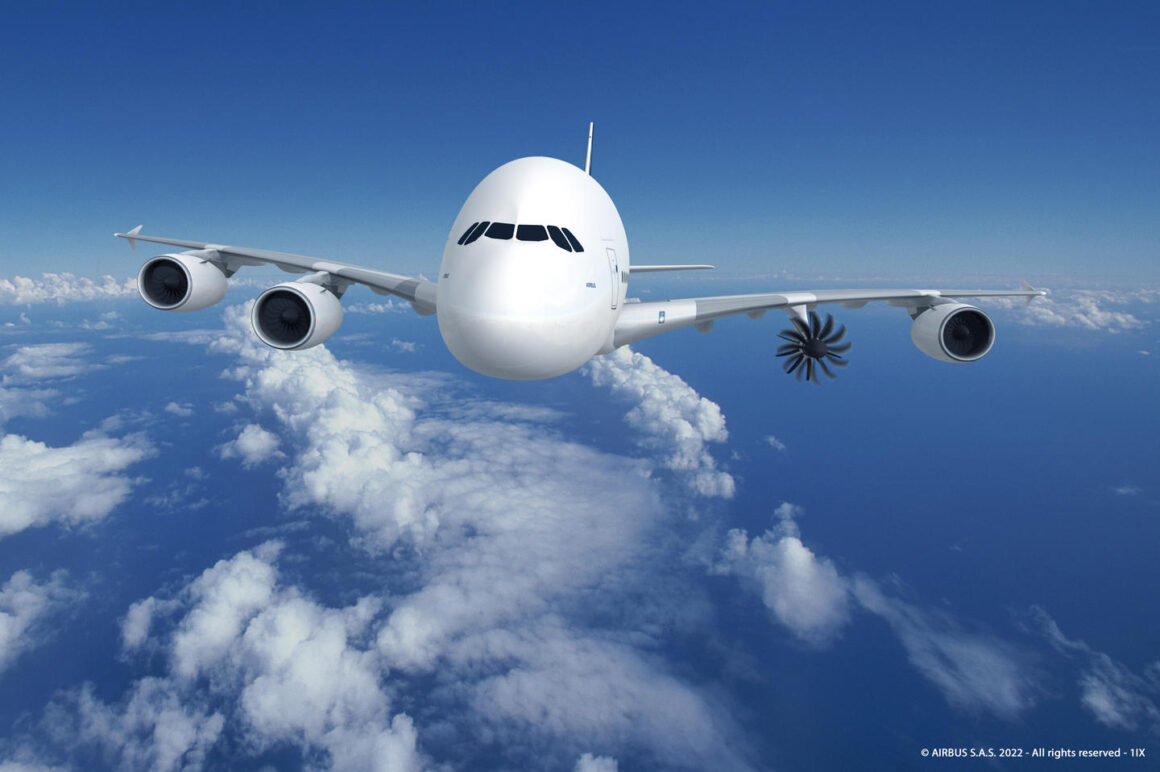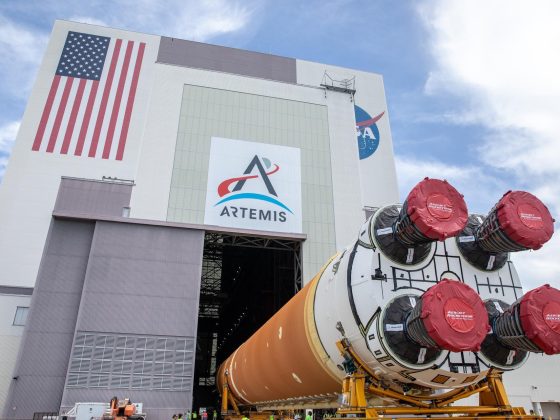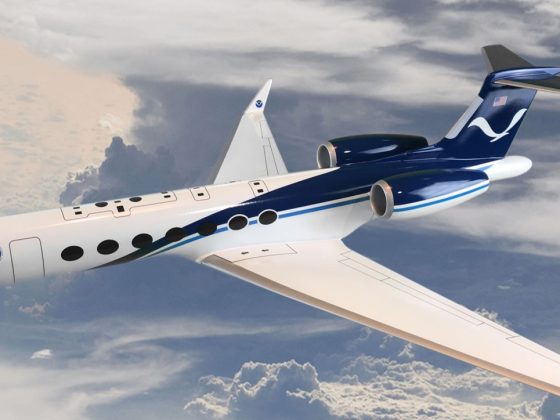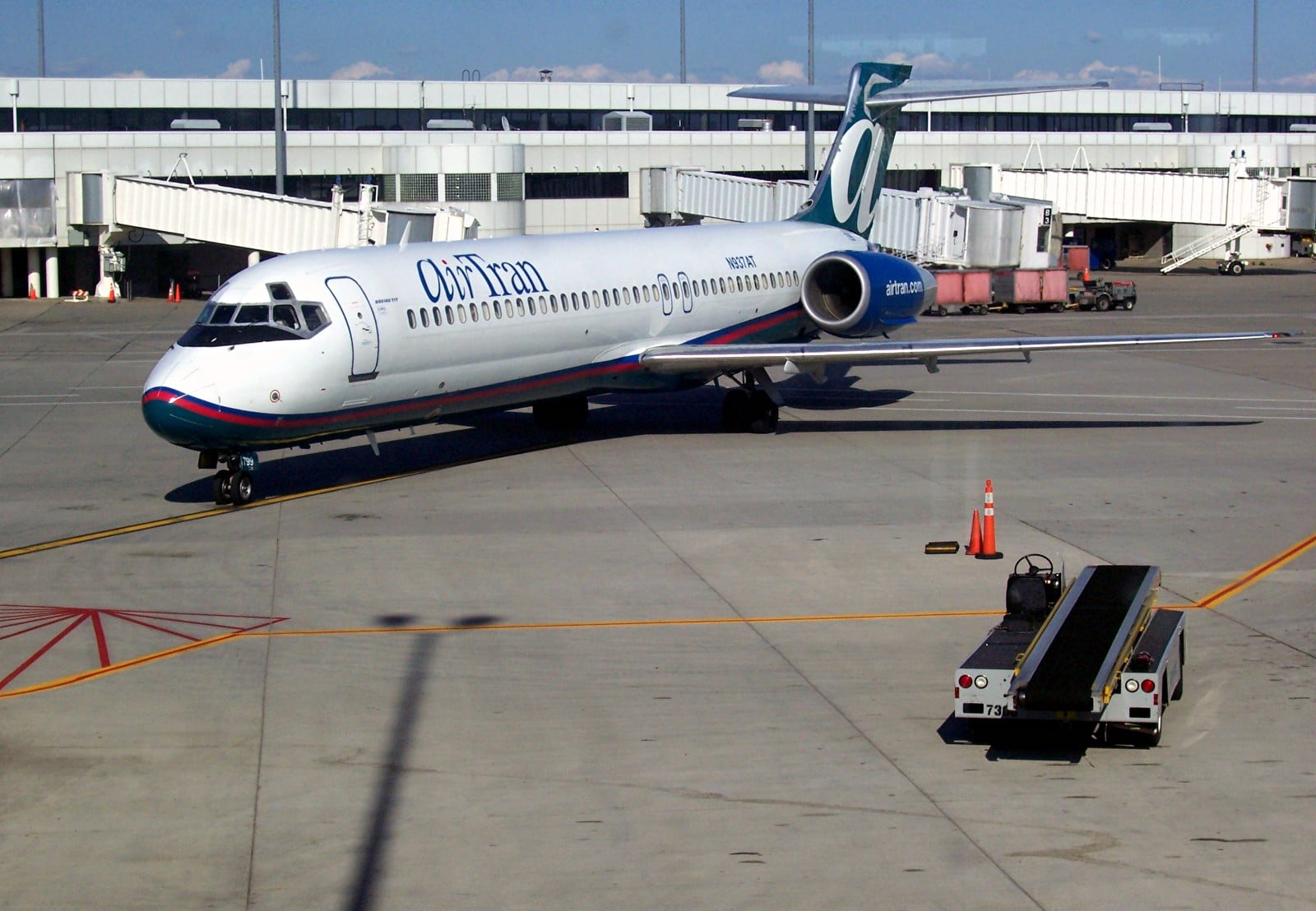Emirates, the world’s largest operator of the Airbus A380, is asking Airbus to redesign its iconic super jumbo.
That may seem strange, considering the A380 was essentially written off for dead amid the COVID pandemic. But in an interview this week with CNN Travel, Emirates president Tim Clark said he always suspected it wasn’t time for it to go to the desert.
“The notion that the A380 was a spent force was always a little bit of a difficult one for us to swallow,” Clark told CNN.
Indeed, as air travel has roared back to life post-pandemic, so has the demand for the A380. Out of 118 A380s in the Emirates fleet, 80 are back in service.
But 17 years after the A380’s first flight, the type is out of production, and neither Airbus nor Boeing have anything meant to replace it. Clark believes the options in the foreseeable future – either the Airbus A350-1000 or what will be the Boeing 777-9 – are not going to be enough.
“The math tells you that you need a big unit, much bigger than we’re getting at the moment,” he told CNN.
He worries that consumers will face higher fares as supply shrinks and demand grows.
Open Fan Engine Technology Opens Up Possibilities

A new plane similar to (or even larger than) the A380 was inconceivable just a few short years ago. But with the advance in airframe technology since the A380 launched in the mid-2000s, a new super jumbo would be manufactured with composite materials making it significantly lighter and far more efficient.
A new engine technology called “open fan” is also being studied. With a reduction in fuel consumption and CO2 emissions of up to 20 percent, an open fan engine concept would do wonders for an aircraft designed to fly with four engines.
Open fan technology involves a nacelle-less engine with counter-rotating fans and an increased flow of cooler air produced by thrust. Without a nacelle, the core of the engine is exposed to the cooler air, which in turn reduces the amount of thrust the engine produces. Aircraft that use open fan engines can reach the same speed as those that use conventional engines while using significantly less fuel.
Because an open fan engine does not require a nacelle, the aircraft’s overall weight is reduced, thus decreasing fuel consumption.
So far, open fan engine studies have been focused on smaller single-aisle aircraft like the 737 or A320 (although an open fan engine will be tested on an A380 soon). Theoretically, however, the architecture of an open fan engine would lend itself to being beneficial on larger aircraft like an A380 by allowing for the development of more powerful engines and increased cool airflow – without increasing the overall weight of the aircraft.
“If you can get them to do what I think they could do in terms of fuel efficiency and power, then you have the makings of an airplane that would match or beat the economics of the [twin-engine] aircraft that we see today, by quite a long way,” Clark told CNN.
Wishful thinking?

Interest in the A380 was waning long before the pandemic hit. So it’s understandable that aviation experts hesitate to say that an A380 replacement is feasible.
Analysts believe the market could support a Boeing 747 replacement, but not for something as large as the A380.
For now, the two mega aircraft manufacturers will continue to put their long-haul efforts into twinjets that seat anywhere from 350-430 passengers. It’s also possible that Boeing and Airbus could produce even larger variants of those types in the future.
Until then, airlines like Emirates will be watching closely to see if a replacement for the A380 will eventually make sense.









